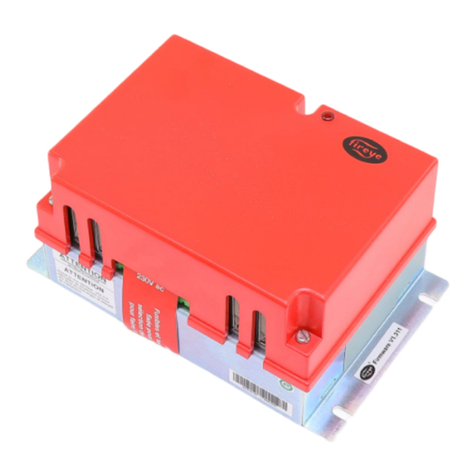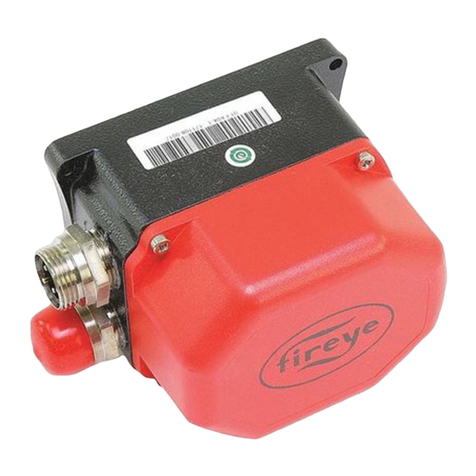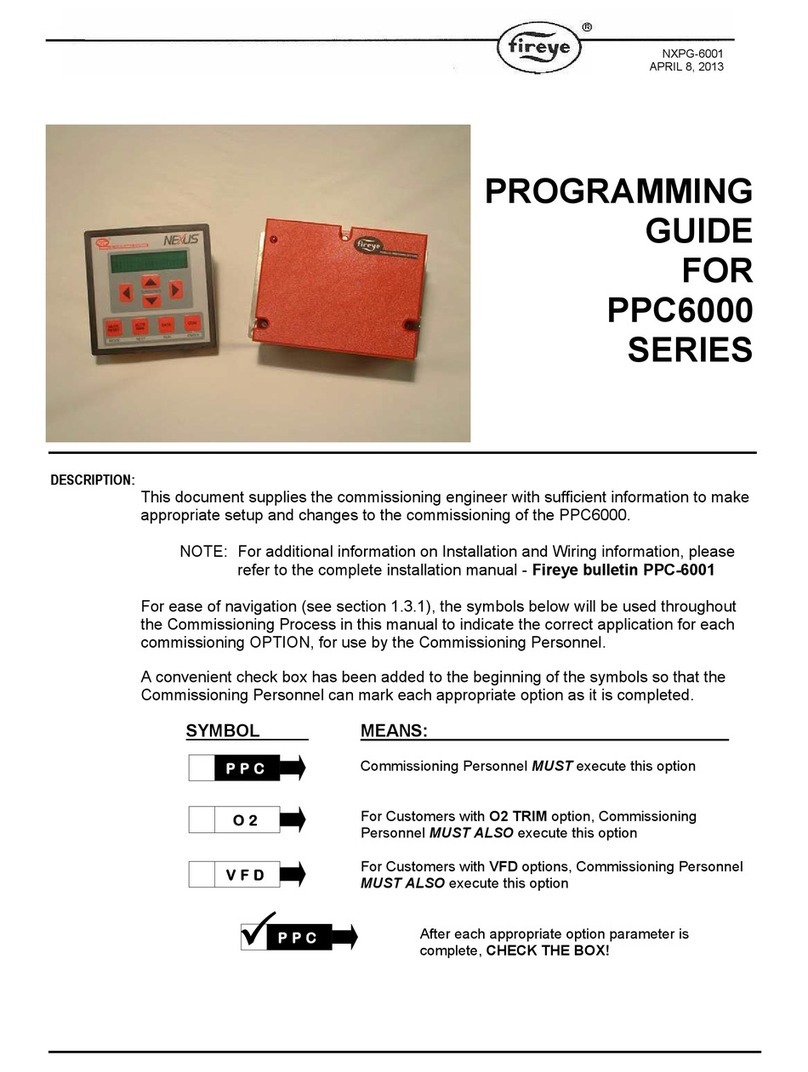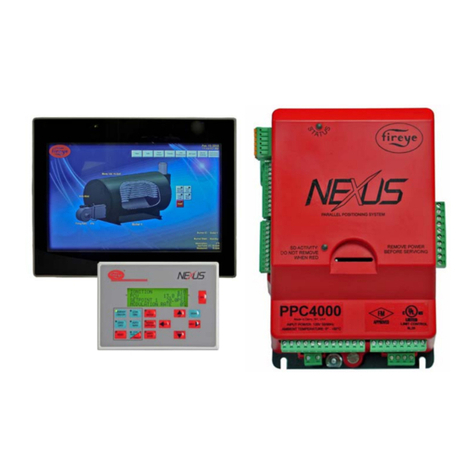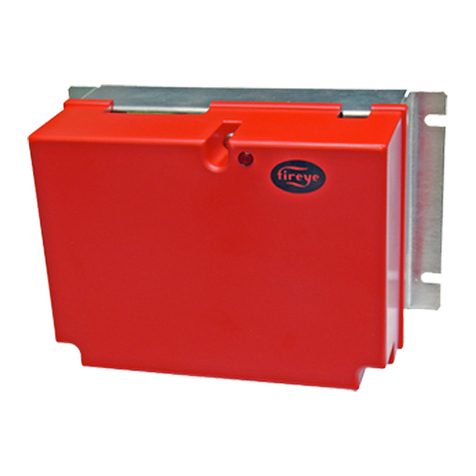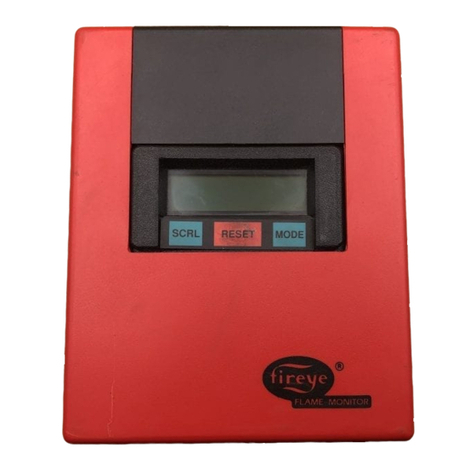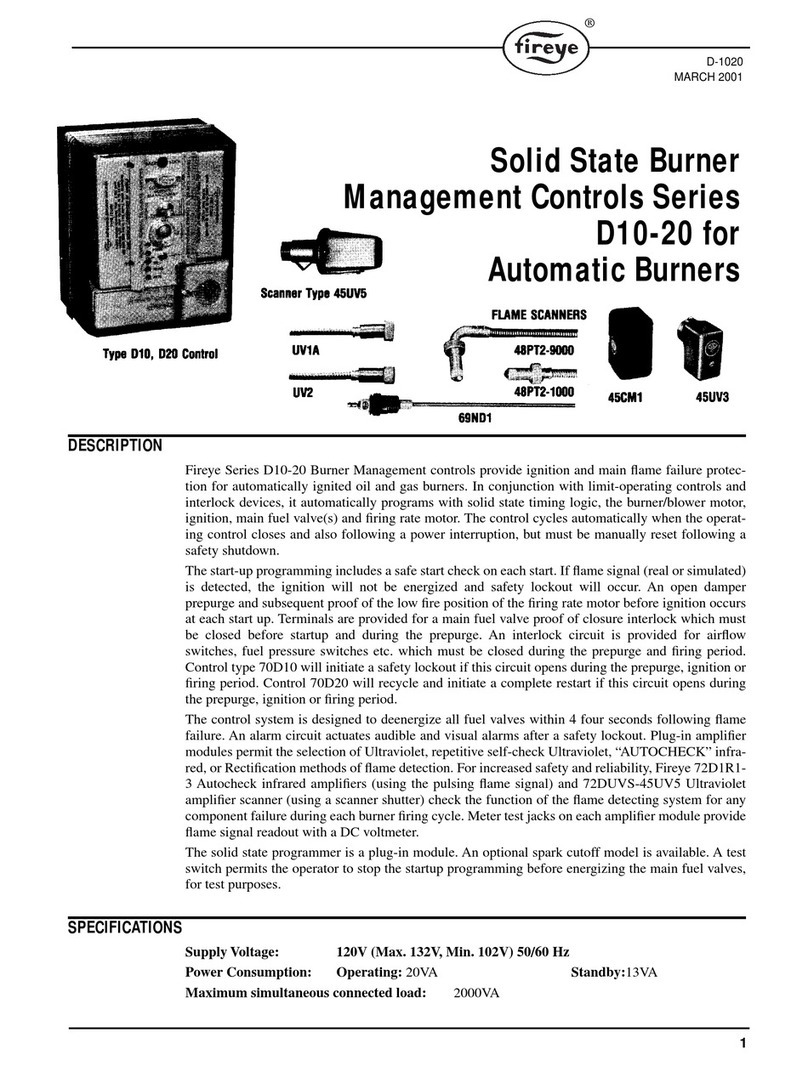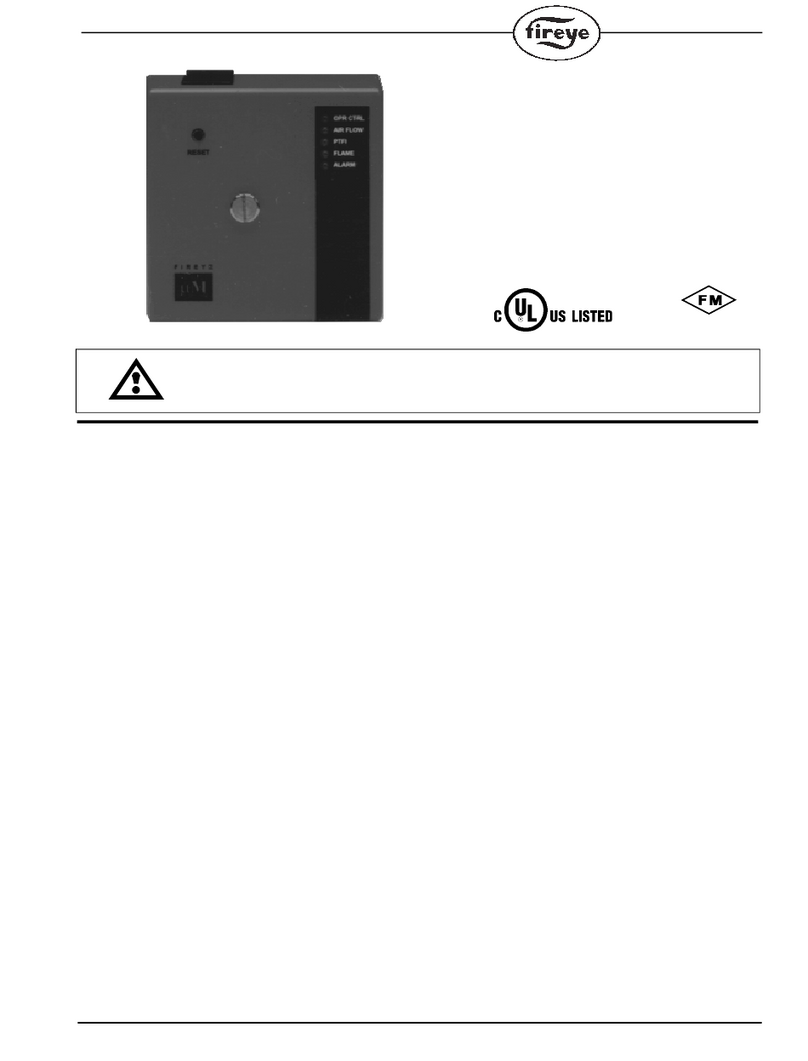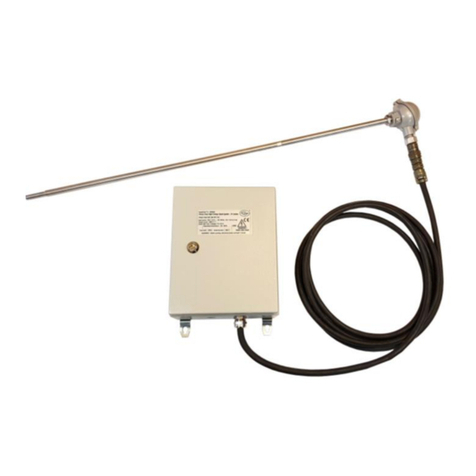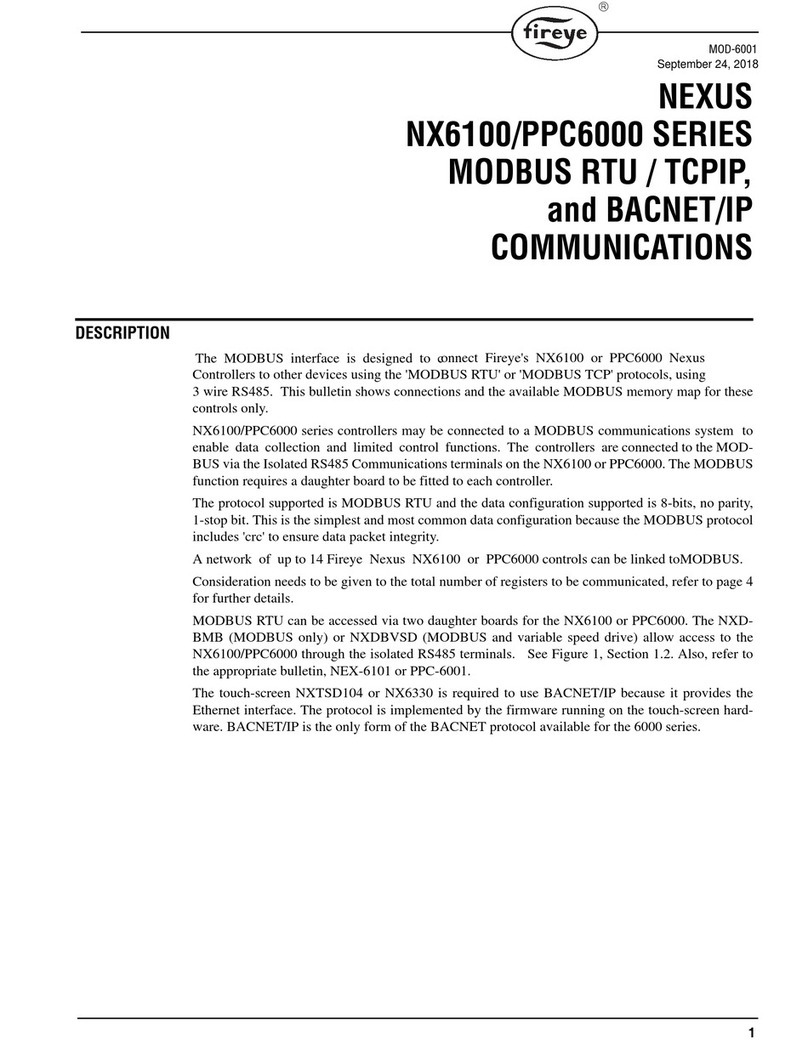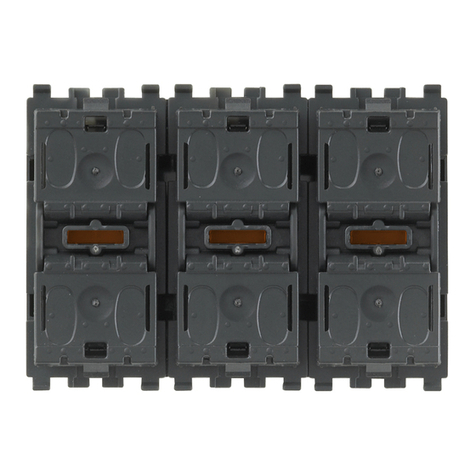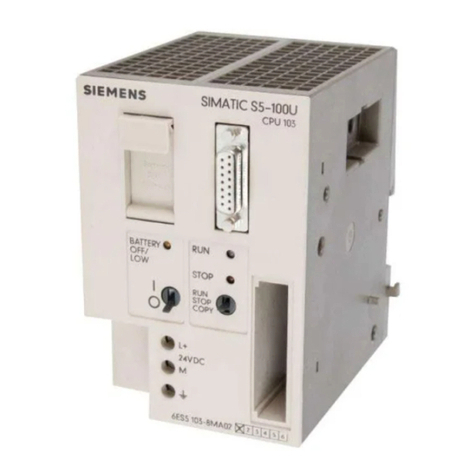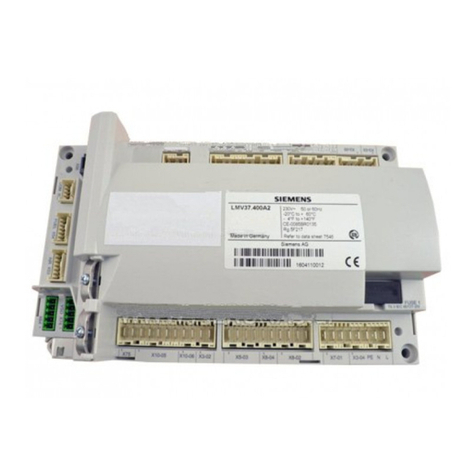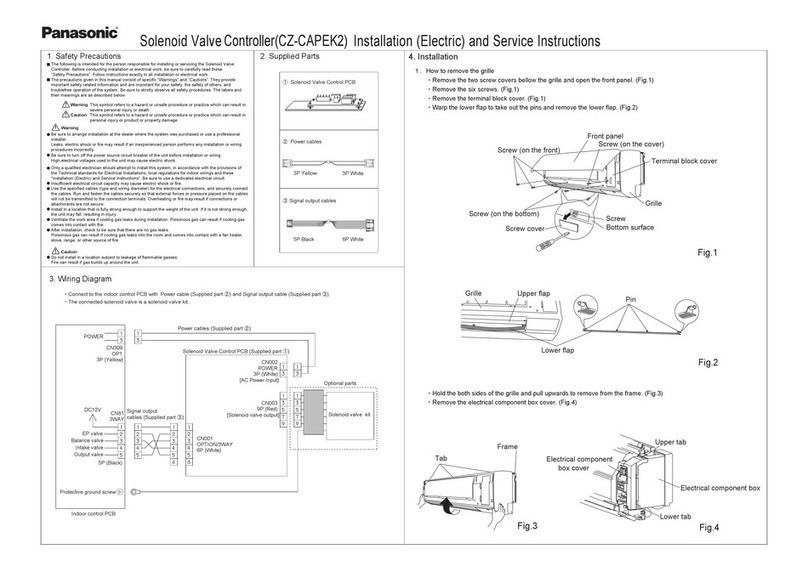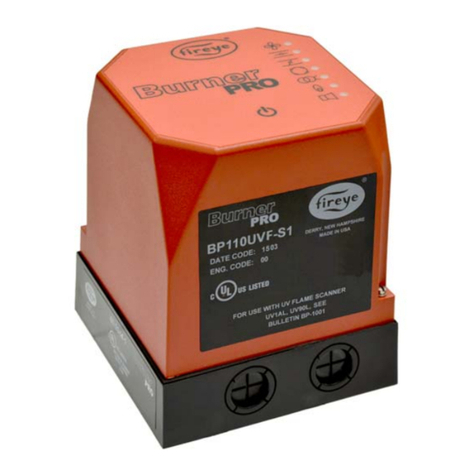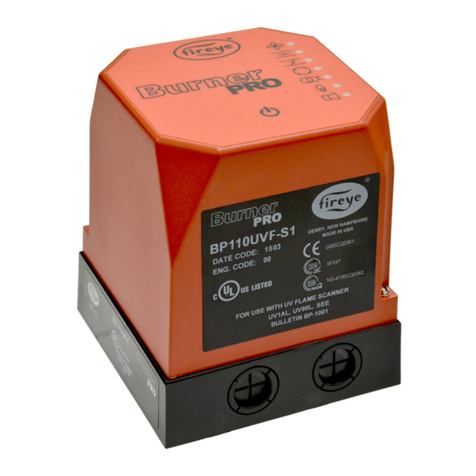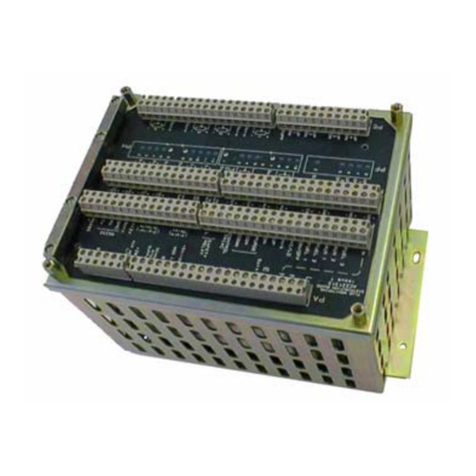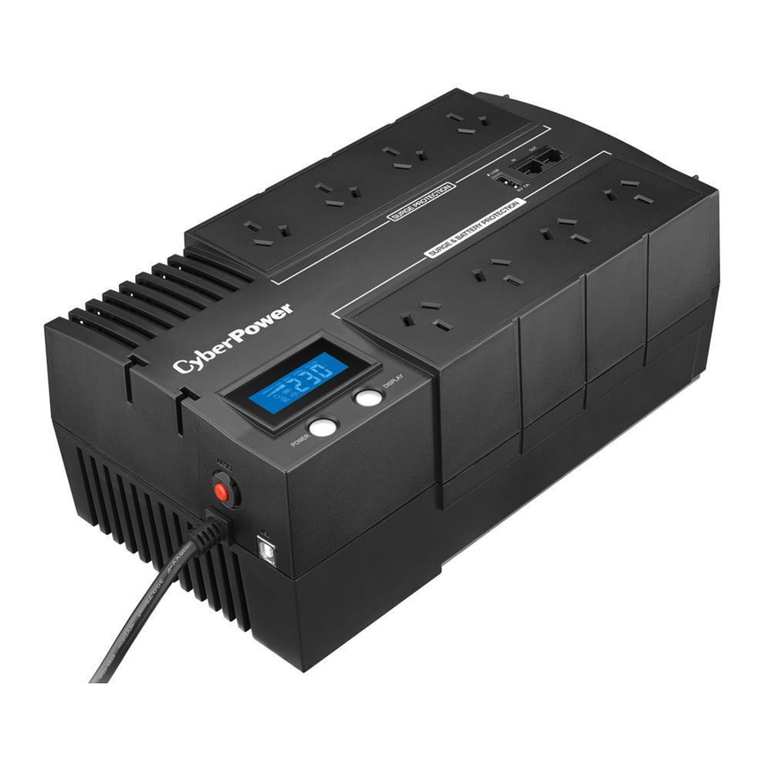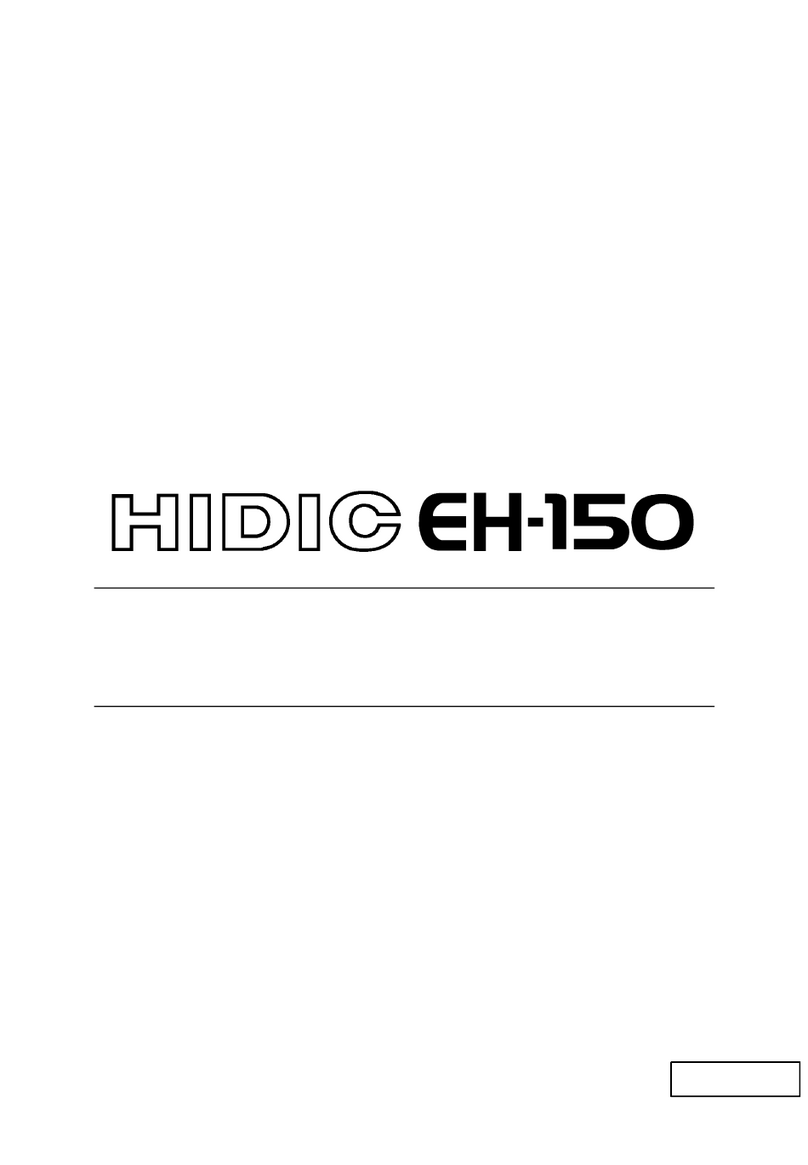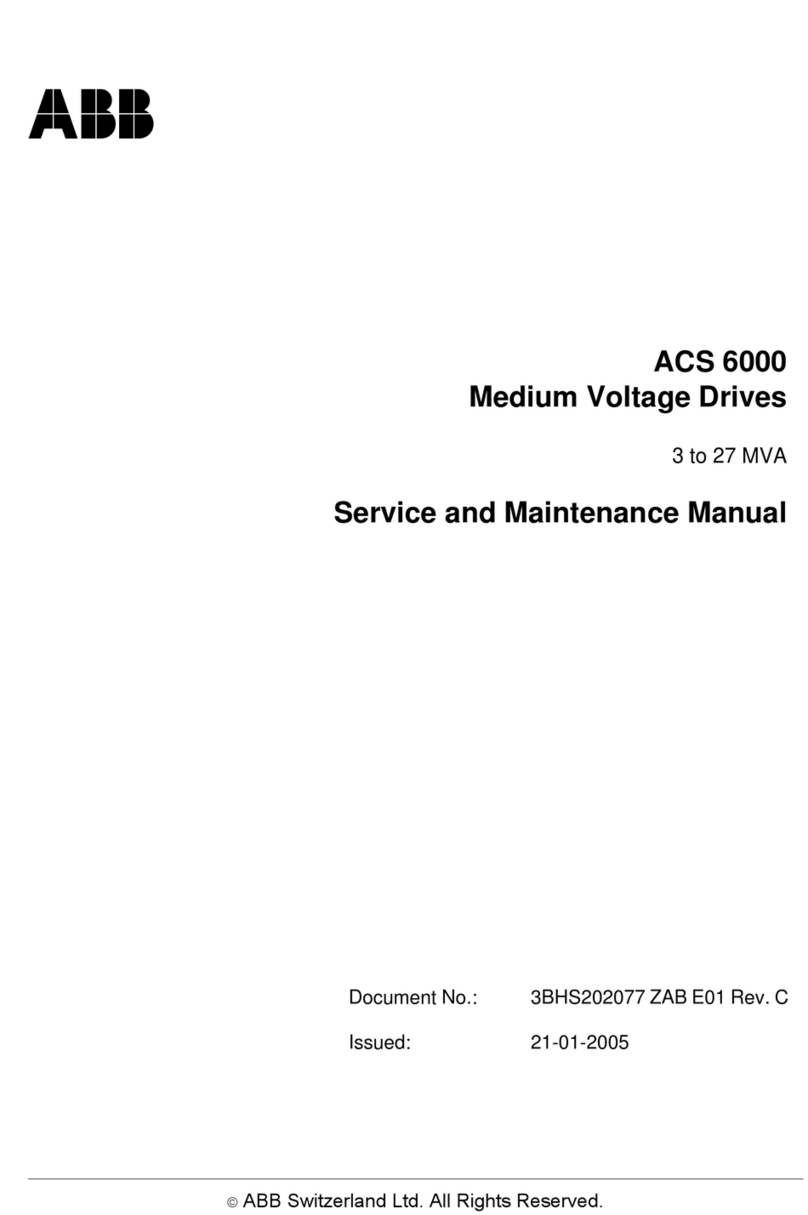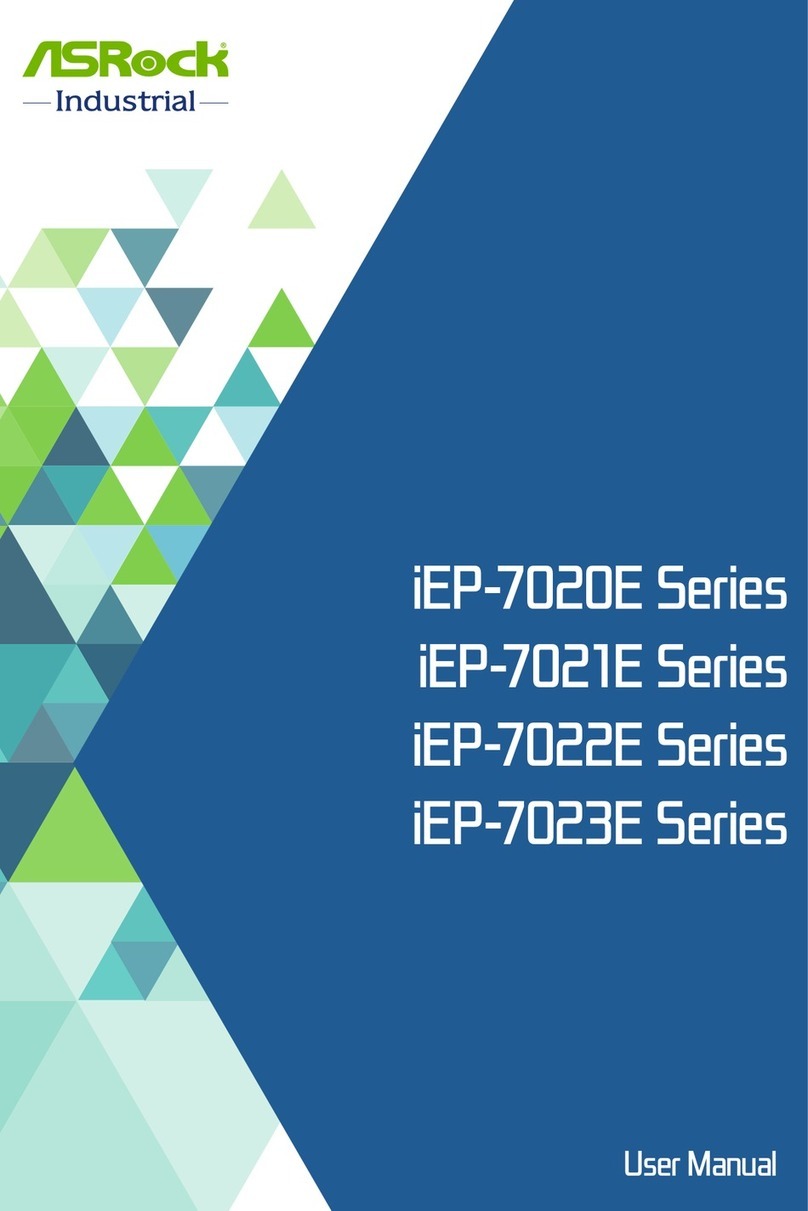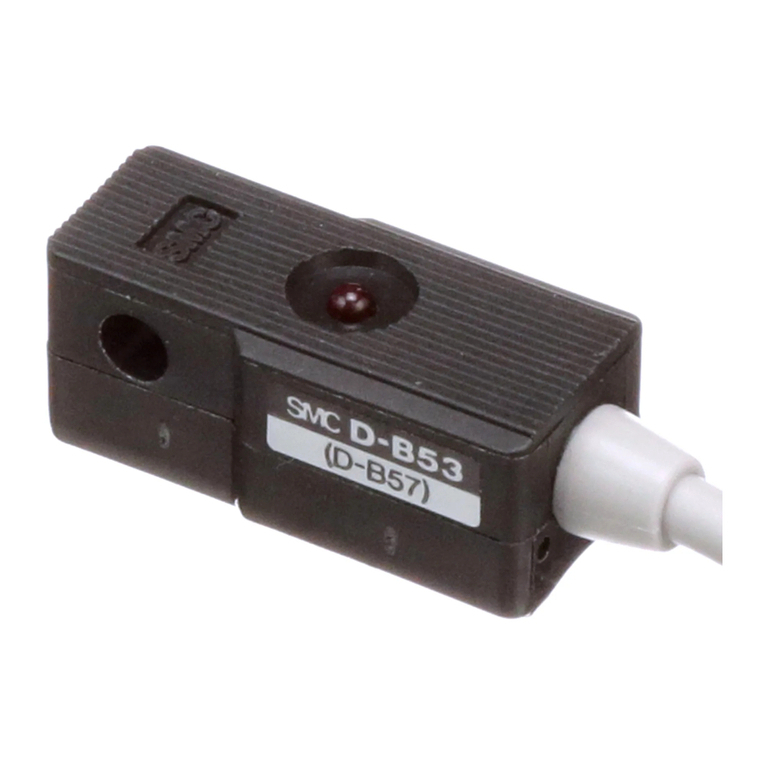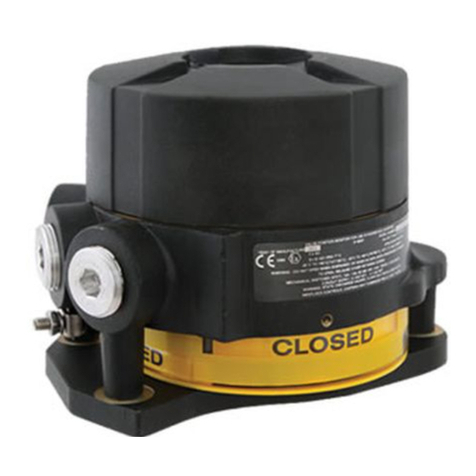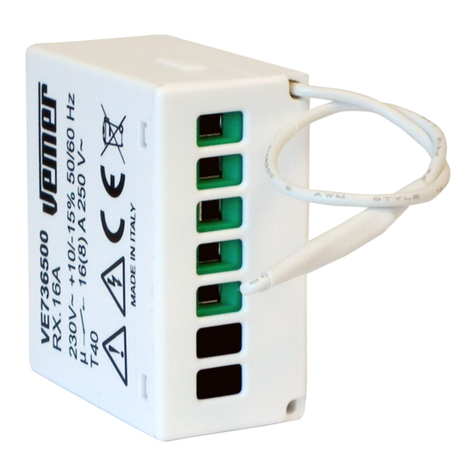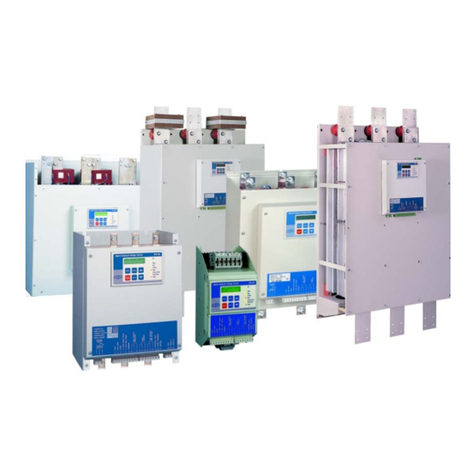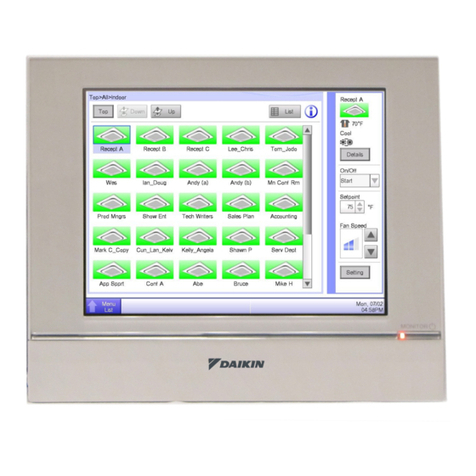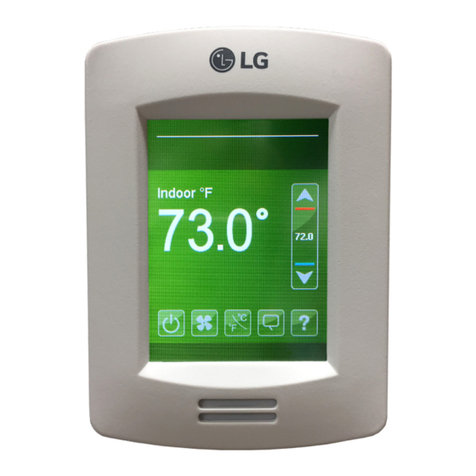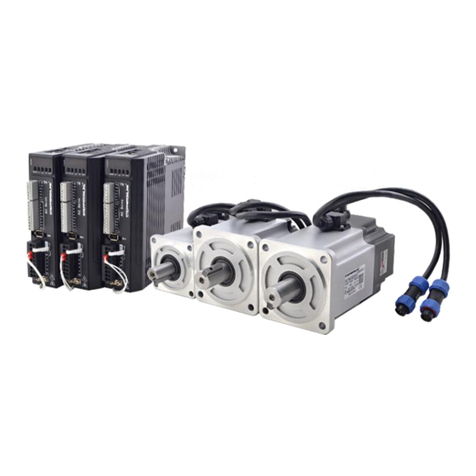
17
PART NO* DESCRIPTION
NXC12 4 wire CANbus Servo-motor, 9 ft lbs. torque, 12 Nm, 50/60 Hz, 24 VAC.
NXC20, NXC20A 4 wire CANbus Servo-motor, 14.75 ft lbs. torque, 20 Nm, 50/60 Hz, 24 VAC.
NXC40 4 wire CANbus Servo-motor, 29.5 ft lbs. torque, 40 Nm, 50/60 Hz, 24 VAC.
EXPANSION INTERFACE MODULES FOR PPC6000
NXDBMB Modbus RTU communications card
NXDBVSD
VSD interface daughter board with two VSD channels, one analog output, two
counter inputs, two programmable relays, isolated RS485, Modbus RTU
communications
NXO2INT CANbus O2 interface module with Fireye and generic (4-20mA) probe inputs.
O2 PROBES FOR PPC6000
NXO2PK4 O2 probe assembly (for flues 300mm to 1000mm). Includes NXIATS CANbus
ambient temperature sensor, flange kit.
NXO2PK6 O2 probe assembly (for flues 600mm to 2000mm). Includes NXIATS CANbus
ambient temperature sensor, flange kit.
NXO2PK8 O2 probe assembly (for flues 1200mm to 4000mm). Includes NXIATS CANbus
ambient temperature sensor, flange kit.
NXIATS PPC6000 CANbus Inlet (ambient) Air Temperature Sensor Sensor -29C to
60C (-20F to 140F)
SENSORS FOR PPC6000
PXMS-15 Steam Pressure Sensor: 0 - 15 PSI, 0 - 1 bar, 4-20mA output, 1/2" NPT, non
self-check (for use with PPC6000).
PXMS-200 Steam Pressure Sensor: 0 - 200 PSI, 0 - 14 bar, 4-20mA output, 1/2" NPT, non
self-check (for use with PPC6000).
PXMS-300 Steam Pressure Sensor: 0 - 300 PSI, 0 - 21 bar, 4-20mA output, 1/2" NPT, non
self-check (for use with PPC6000).
BLPS-15 Steam Pressure Sensor: 0 - 15 PSI, 0 - 1 bar, 4-20mA output, 1/2" NPT, non
self-check (for use with PPC5000 / PPC6000 / NX3100 / NX4100 / NX6100).
BLPS-30 Steam Pressure Sensor: 0 - 30 PSI, 0 - 1 bar, 4-20mA output, 1/2" NPT, non
self-check (for use with PPC5000 / PPC6000 / NX3100 / NX4100 / NX6100).
BLPS-200 Steam Pressure Sensor: 0 - 200 PSI, 0 - 14 bar, 4-20mA output, 1/2" NPT, non
self-check (for use with PPC5000 / PPC6000 / NX3100 / NX4100 / NX6100).
BLPS-300 Steam Pressure Sensor: 0 - 300 PSI, 0 - 21 bar, 4-20mA output, 1/2" NPT, non
self-check (for use with PPC5000 / PPC6000 / NX3100 / NX4100 / NX6100).
TS350 (-2), (-4), (-8)
Temperature Sensor, Range 32oF-350oF (0-176oC), 4-20mA linear
output, includes 1/2 - 14 NPT well. See bulletin BLZPTS-1 for
complete description.
TS752 (-2), (-4), (-8)
Temperature Sensor, Range 32oF-752oF (0-400oC), 4-20mA linear
output, includes 1/2 - 14 NPT well. See bulletin BLZPTS-1 for
complete description.
SOFTWARE
NXAM ComFire communications software on CD for Nexus and PPC controls.
COMMUNICATION INTERFACE GATEWAY
NXDBVSD
VSD interface daughter board with two VSD channels, one analog output, two
counter inputs, two programmable relays, isolated RS485 – Modbus RTU
communications
NXMBIV2 Modbus RTU Communications daughter board.
* FOR ADDITIONAL PARTS SEE FIREYE PRICE BOOK CG-14
** SOME FEATURES INCLUDED ON NXTSD MANUFACTURED AFTER MAY 2011.




















